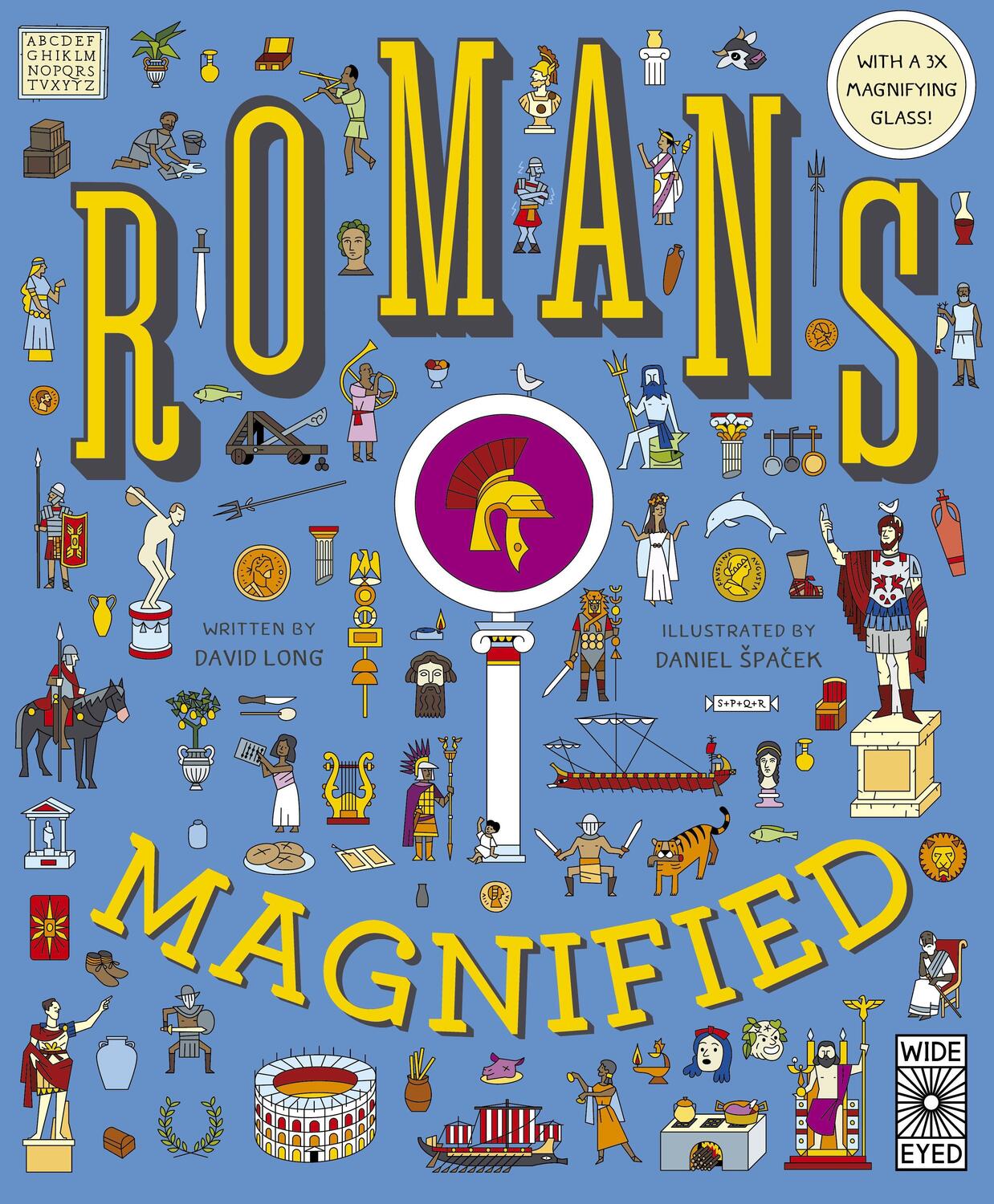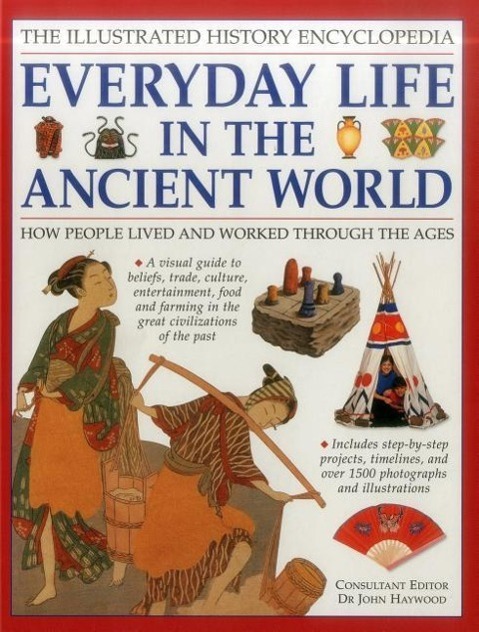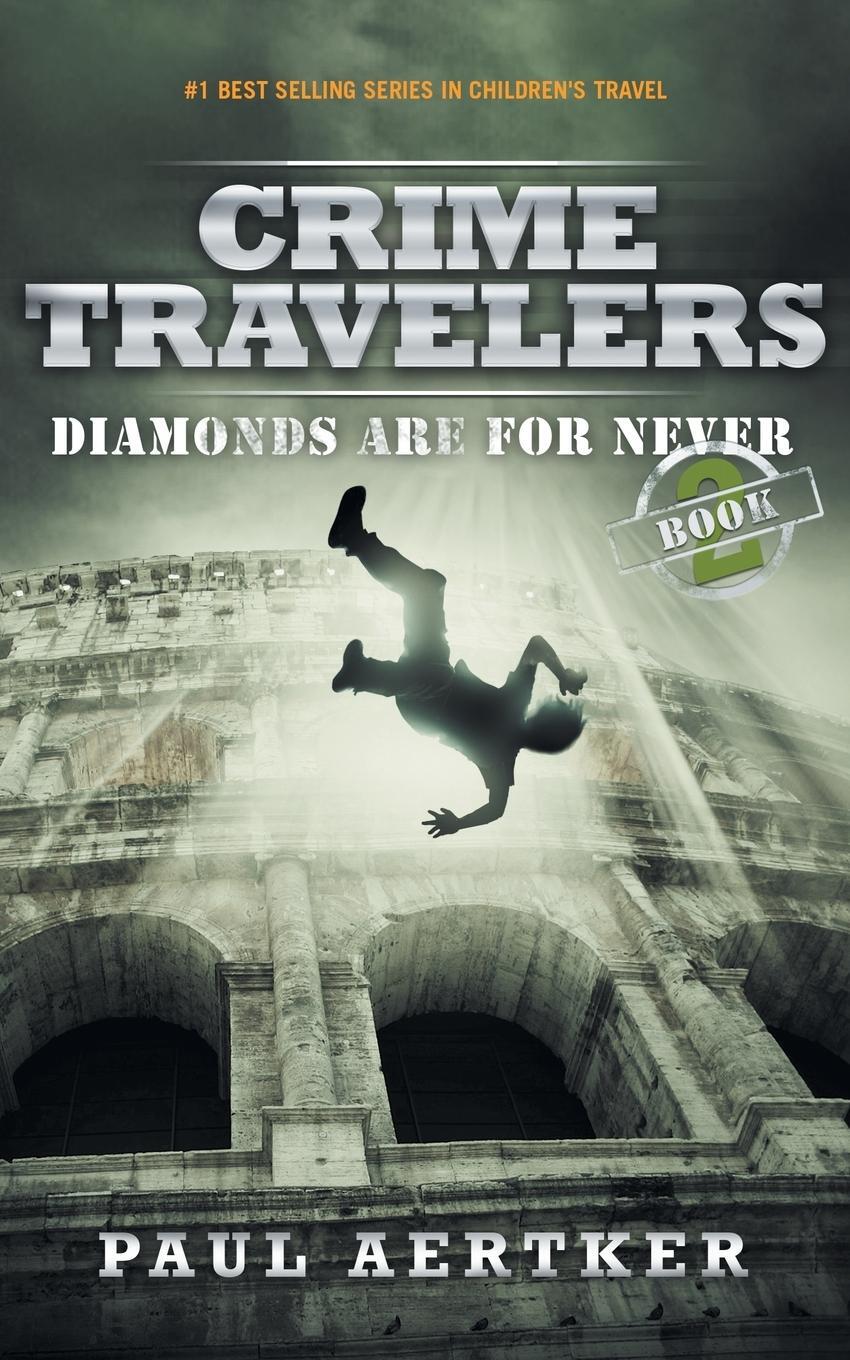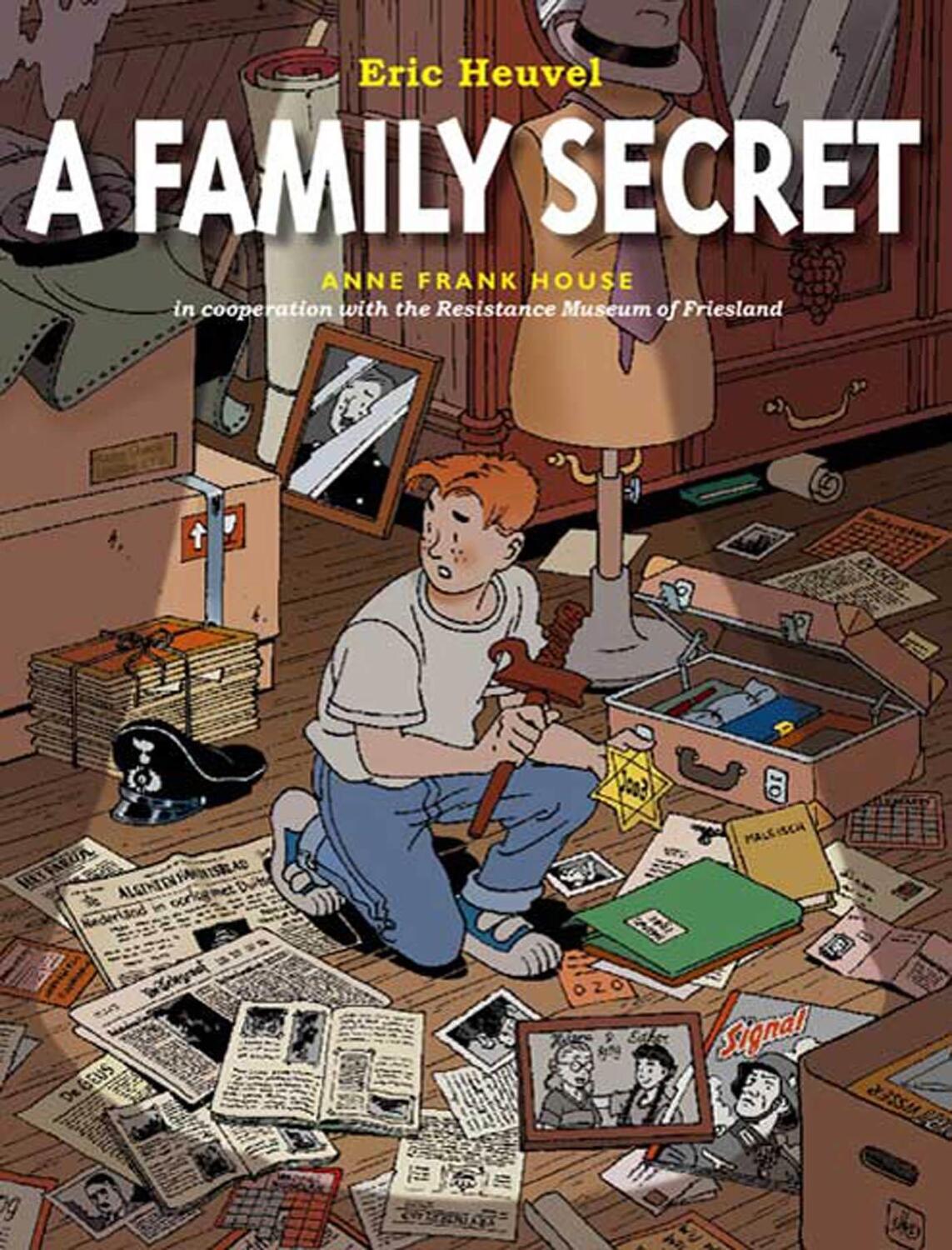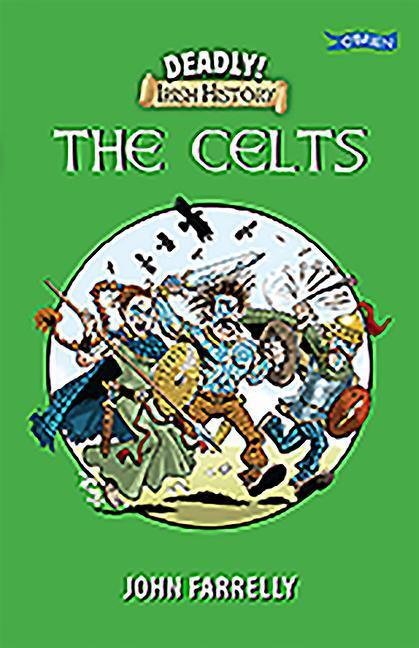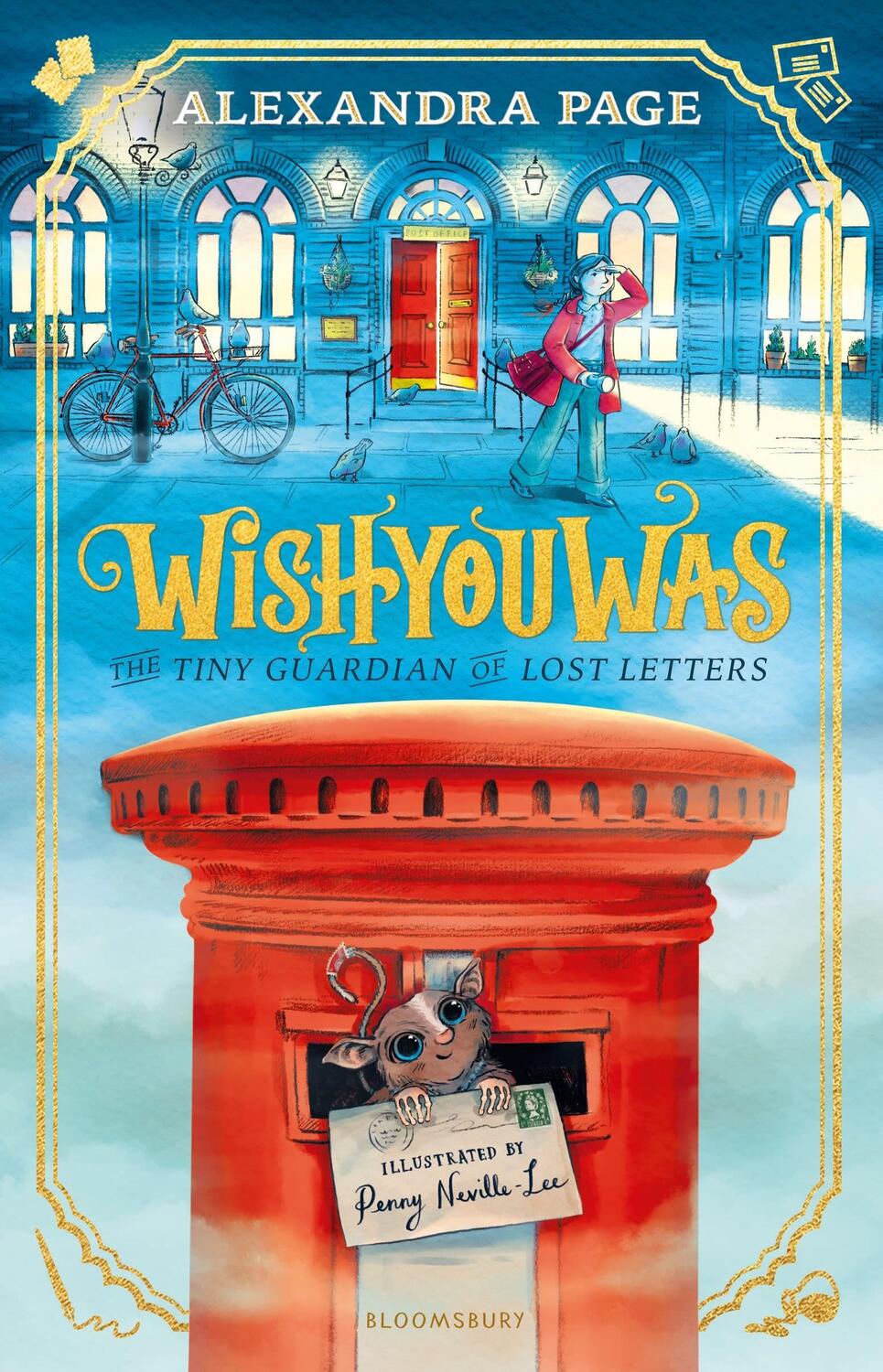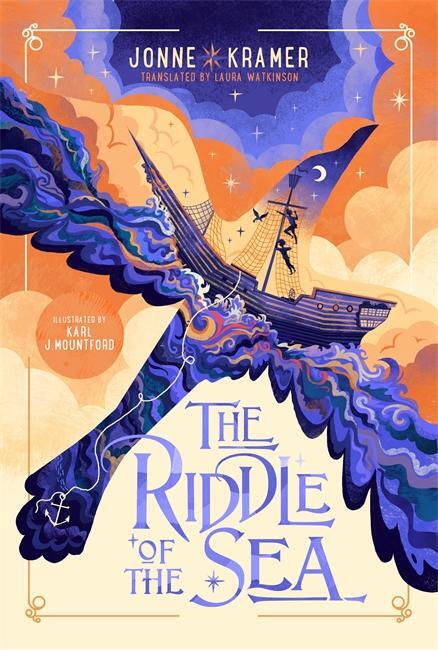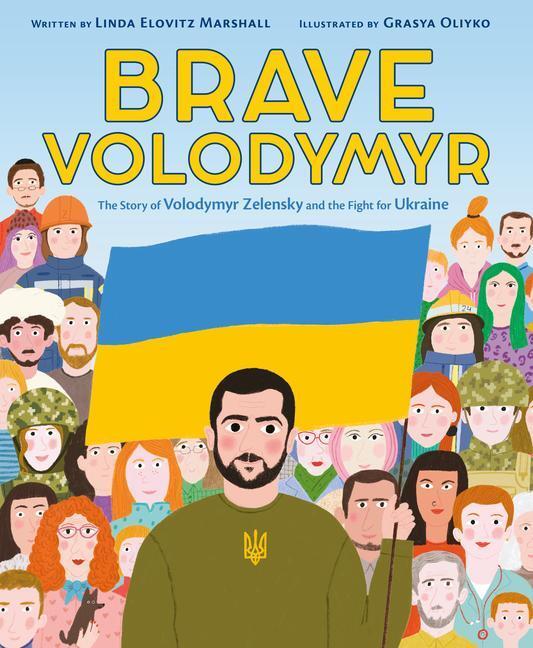24,40 €*
Versandkostenfrei per Post / DHL
Lieferzeit 1-2 Wochen
David Long writes for adults and children and specialises in history. As a journalist he has written for the Times, Sunday Times, and London Evening Standard as well as for magazines in Britain and abroad. He is an award-winning ghostwriter and one of his own books was voted Blue Peter Book of the Year 2017.
Daniel Spacek is an Illustrator, Artist and Art Director currently based in Prague. He is passionate about drawing complex teeming images with many little stories. He also loves to draw astronauts, mice and chickens.
6-7 What is an Empire?
Scene: The seven hills, building in progress: Rome began as a small hilltop village and became the most diverse and most powerful empire the world had ever seen.
8-9 The Emperor and Senate
Scene: the Senate: the empire was ruled by a powerful elite with the emperor very much in charge of everything. Many were fine soldiers and effective rulers, others were too weak to succeed or brutal dictators.
10-11 The Roman Army
Scene: a siege or battle showing the army in action, with battering rams, siege engines, catapults etc. A combination of good discipline and innovative technology made the Romans invincible.
12-13 The Roman Navy
A powerful force although the Romans relied on those they conquered - Greeks and Egyptians especially - to build sophisticated fighting vessels that relied on wind power and human oarsmen.
14-15 The Roman Family
Romans, rich and poor alike, lived in large extended family groups. These were patriarchal in nature and typically included many children not all of whom survived into adulthood. What was life like?
16-17 Romans at Home
Scene: a luxurious country villa with insulae visible in the distance (the world's first apartment blocks, where most people lived) and farmworkers tending the fields around.
18-19 A Roman Market
A bustling town market. What did Romans eat, drink and wear? How did they pay for it and where did the goods come from?
20-21 Reading and Writing
Scene: a school room. Many Romans could read and write in Latin, although their spelling was often terrible. Only boys went to school, though. Girls had to learn at home.
22-23 Roman Roads
How these were made, and why good straight roads were vital for trade and efficient military communication. The backbone of the empire.
24-25 Hadrian's Wall
The world's largest surviving Roman structure. Its ingenious construction and why it proved so effective when manned by battle-hardened soldiers from Europe, Asia and Africa.
26-27 Aqueducts and Public Baths
The Romans were brilliant, skilled engineers who built hundreds of miles of towering aqueducts. Why were these needed and how did they work.
28-29 Chariot Races & Gladiators
Scene: Colosseum and Circus Maximus. Public entertainments were an important part of Roman city life. Chariot racing was wildly popular and enormously dangerous; gladiators meanwhile fought each other, sometimes to the death.
30-31 Religion
Scene: a busy temple. Romans worshipped dozens of different gods, many of which were 'borrowed' from the tribes they conquered. Those refusing to conform, such as Jews and Christians, were often forced to worship in secret.
32-33 Music, Plays and Pantomimes
Scene: a vast amphitheatre with players, costumes, hawkers etc. Ordinary Romans loved the theatre and performances took place nearly every day of the year. Actors invented pantomime (the art of acting without words) and used dance, music and elaborate gestures to convey their meaning.
34-35 Slaves
A slave market: slaves were mostly foreigners, captured in war or sold by pirates, and were regarded as their owners' property. Numbering up to five million at a time, their lives could certainly be hard but this wasn't necessarily the case. Many earned their freedom eventually and could become wealthy Roman citizens.
36-37 End of Empire
Scene: modern archaeologists and tourists at Pompeii. How the empire grew too large and then collapsed. Many of its buildings still stand after nearly 2,000 years and work at Pompeii and elsewhere has given us a good understanding of what life must have been like.
38-39 Gallery - Famous Romans
40-41 Can You Find?
42-43 Answers
44-45 Timeline
46-47 Glossary/Roman Numerals
| Erscheinungsjahr: | 2022 |
|---|---|
| Genre: | Spielen & Lernen |
| Rubrik: | Kinder & Jugend |
| Medium: | Buch |
| Seiten: | 48 |
| Inhalt: | Gebunden |
| ISBN-13: | 9780711266858 |
| ISBN-10: | 0711266859 |
| Sprache: | Englisch |
| Einband: | Gebunden |
| Autor: | Long, David |
| Illustrator: | Spacek, Daniel |
| Hersteller: | Quarto Publishing PLC |
| Maße: | 313 x 261 x 13 mm |
| Von/Mit: | David Long |
| Erscheinungsdatum: | 07.06.2022 |
| Gewicht: | 0,682 kg |
David Long writes for adults and children and specialises in history. As a journalist he has written for the Times, Sunday Times, and London Evening Standard as well as for magazines in Britain and abroad. He is an award-winning ghostwriter and one of his own books was voted Blue Peter Book of the Year 2017.
Daniel Spacek is an Illustrator, Artist and Art Director currently based in Prague. He is passionate about drawing complex teeming images with many little stories. He also loves to draw astronauts, mice and chickens.
6-7 What is an Empire?
Scene: The seven hills, building in progress: Rome began as a small hilltop village and became the most diverse and most powerful empire the world had ever seen.
8-9 The Emperor and Senate
Scene: the Senate: the empire was ruled by a powerful elite with the emperor very much in charge of everything. Many were fine soldiers and effective rulers, others were too weak to succeed or brutal dictators.
10-11 The Roman Army
Scene: a siege or battle showing the army in action, with battering rams, siege engines, catapults etc. A combination of good discipline and innovative technology made the Romans invincible.
12-13 The Roman Navy
A powerful force although the Romans relied on those they conquered - Greeks and Egyptians especially - to build sophisticated fighting vessels that relied on wind power and human oarsmen.
14-15 The Roman Family
Romans, rich and poor alike, lived in large extended family groups. These were patriarchal in nature and typically included many children not all of whom survived into adulthood. What was life like?
16-17 Romans at Home
Scene: a luxurious country villa with insulae visible in the distance (the world's first apartment blocks, where most people lived) and farmworkers tending the fields around.
18-19 A Roman Market
A bustling town market. What did Romans eat, drink and wear? How did they pay for it and where did the goods come from?
20-21 Reading and Writing
Scene: a school room. Many Romans could read and write in Latin, although their spelling was often terrible. Only boys went to school, though. Girls had to learn at home.
22-23 Roman Roads
How these were made, and why good straight roads were vital for trade and efficient military communication. The backbone of the empire.
24-25 Hadrian's Wall
The world's largest surviving Roman structure. Its ingenious construction and why it proved so effective when manned by battle-hardened soldiers from Europe, Asia and Africa.
26-27 Aqueducts and Public Baths
The Romans were brilliant, skilled engineers who built hundreds of miles of towering aqueducts. Why were these needed and how did they work.
28-29 Chariot Races & Gladiators
Scene: Colosseum and Circus Maximus. Public entertainments were an important part of Roman city life. Chariot racing was wildly popular and enormously dangerous; gladiators meanwhile fought each other, sometimes to the death.
30-31 Religion
Scene: a busy temple. Romans worshipped dozens of different gods, many of which were 'borrowed' from the tribes they conquered. Those refusing to conform, such as Jews and Christians, were often forced to worship in secret.
32-33 Music, Plays and Pantomimes
Scene: a vast amphitheatre with players, costumes, hawkers etc. Ordinary Romans loved the theatre and performances took place nearly every day of the year. Actors invented pantomime (the art of acting without words) and used dance, music and elaborate gestures to convey their meaning.
34-35 Slaves
A slave market: slaves were mostly foreigners, captured in war or sold by pirates, and were regarded as their owners' property. Numbering up to five million at a time, their lives could certainly be hard but this wasn't necessarily the case. Many earned their freedom eventually and could become wealthy Roman citizens.
36-37 End of Empire
Scene: modern archaeologists and tourists at Pompeii. How the empire grew too large and then collapsed. Many of its buildings still stand after nearly 2,000 years and work at Pompeii and elsewhere has given us a good understanding of what life must have been like.
38-39 Gallery - Famous Romans
40-41 Can You Find?
42-43 Answers
44-45 Timeline
46-47 Glossary/Roman Numerals
| Erscheinungsjahr: | 2022 |
|---|---|
| Genre: | Spielen & Lernen |
| Rubrik: | Kinder & Jugend |
| Medium: | Buch |
| Seiten: | 48 |
| Inhalt: | Gebunden |
| ISBN-13: | 9780711266858 |
| ISBN-10: | 0711266859 |
| Sprache: | Englisch |
| Einband: | Gebunden |
| Autor: | Long, David |
| Illustrator: | Spacek, Daniel |
| Hersteller: | Quarto Publishing PLC |
| Maße: | 313 x 261 x 13 mm |
| Von/Mit: | David Long |
| Erscheinungsdatum: | 07.06.2022 |
| Gewicht: | 0,682 kg |

